My Favorite Videos
Why Tiger Woods' Back Hurts in 2019
Sorry, you need to be a member to access this video.
You Are Just Seconds Away - Become a member here!
Already a member? Log in now

Bonus Video: Right Hip Line Tiger Woods missed cut at the 2019 Open Championship was chalked up to old age. He complained that his back hurts and to that I say, of course it does! My back hurts demonstrating what Tiger's doing in slow motion, much less swinging at full speed! But, here's the rub. Tiger Woods back pain is being caused by one simple change he made in his golf swing starting back in 2010 and is preventable! If your back hurts when you play golf, check out this video. You'll see the most common causes of back pain and how to fix them. Cure Golf Back Pain Here's the video from 2010 where I predicted Tiger would injure his back with Sean Foley: How Tiger Injured His Back Why you don't setup on the balls of your feet: Why You Don't Setup On the Balls Of Your Feet
Hey guys, unfortunately, tiger woods missed the cut at the 2019 British open. And he revealed a lot about the changes that are happening to his body and his time as he's gotten older and tiger. And I are the same age. We're both 43 and we both have one other thing in common. That is we've both had a lot of spine surgeries. I've had four cervical spine surgeries. In fact, I'm fused at C1 two and three, but now why can I go out and hammer 200 yards, seven irons all day. Pain-Free no effort not feel fatigue and tiger struggling to make it through 18 holes of golf. That's one reason. And I'm going to talk about it today and I'm going to help you prevent this same back issue so that you can play. Pain-Free powerful, effortless golf for the rest of your career. So what's going on with tiger swing?
Well, first let me back up just a little bit and talk about how Tiger's changes over time. Have had a huge impact on what he's doing back in 2010. I published a video on YouTube. It's still up there. I put a link down in the description. If you want to take a look at it. And I talked about how the changes that he was making with his new instructor that I felt were going to be detrimental to his swing. Unfortunately, I was right. And so now you look at Tiger's game now and he's had all these back problems that he never had before that in his career. And I'm going to explain to you why that is today. There's two common reasons. One, I talk about a lot in that video about how the downswing motion that he changed to cause a lot of backers should create a tremendous amount of sheer force and stress on his spine.
But today I'm gonna talk about a backswing motion. That's actually causing his lumbar pain and how you, if you have low back pain in your swing, there are several reasons I'm going to put one up in the bonus video later at the end of this video, without on the description. But I'm going to talk about something specific today that many golfers are doing. In fact, many golfers are being taught this and it's causing tons of back pain. And it's totally preventable with one simple change. Now, in a moment, I'm going to put my swing up, up against tigers, and you're going to see that they're shockingly similar, the swing that rotary swing teaches and this swing that tiger does for the most part. When we talk about the core body movements are very, very similar, but there's one very subtle, but very, very important difference.
And it's the difference between playing pain-free golf and having back pain every single time you step out on the course, if you don't want back pain, listen up because I'm going to make this really simple for you. And you're going to feel and experience this right now. In fact, I'm going to show you how to help you feel what Tiger's back is feeling like. So one of the things I talk about a lot with rotary swing, we talk about keeping the joints in neutral, especially the spine. We have a full panel of orthopedic and world-leading neurosurgeons on our medical panel helped us look at the spine and the golf swing. And how do we prevent back pain? How do we protect the body so that it's moving safely and efficiently as best it can in the golf swing? One of the things I've talked about a lot is primary balancing joints.
And you've heard me talk about this the most. When it comes to set up, many golfers are taught to set up on the balls of their feet. You know, talked about the reasons why you shouldn't do this many times. And I'll put a link down into the description for a video that you can reference for. I'm not going to go in full depth about it, but I want you to feel this for yourself very quickly. So hop up while you're watching this video, and I want you to put all of your weight on the left ball of your foot, a hundred percent assuming you're a right-handed golfer, of course. And I want you to now turn your hip to a full follow-through. And I want you to tell me what you feel as you're doing this. Well, you're going to feel that there's a lot of weight on the ball of your foot, of course, but you're going to start to notice that there's strain intention on your left knee.
I'll do it face on so you can see the same thing. So I'm going to put all my weight on the ball on my foot. My heel is actually almost slightly up in the air and I'm just turning like I'm trying to get to a full follow-through. This is very uncomfortable. If you keep doing this back and forth, and then I'm doing it slow, much less doing it at the speed that you do in a golf swing, it creates a tremendous amount of strain on your knee. In fact, this was one of the reasons, in my opinion, that tiger had a lot of knee problems earlier in his career is he used to set up on the balls of his feet and then keep his weight on the ball of his foot. You'd actually notice him jump up in the air and Pivotus, but like this, when he was hammering a driver, while that does give you a lot of vertical ground force, it's also torquing that knee.
Not necessarily. We set you up where your body's designed to bear load over the center of your ankles. And more importantly, it impact that ankle is driving. All of my force is driving through that foot, down into the ground. And that shifts my primary balancing joint from my knee to my hip socket. Guess what your hip is designed to do? Look at all of this rotation, external rotation, mobility, internal rotation, mobility. This is all coming from my hip socket, my knee. I got about a degree and a half a rotation. That's not very much. So when you're on the ball of your foot, your primary balancing joint shifts from your hip socket, where it's designed to pivot to your knee, that's not designed to pivot very much at all. And so that's why you create a tremendous amount of stress on your knee. Now, tigers doing the same thing to his low back and especially if you've had low back problems, low back surgery is the last thing on earth that you'd ever want to do is move in a way.
That's going to put more stress on that lower lumbar area. Now, what is he doing? That's causing that simple. It's keep standing up. I want you to feel this because you're going to know exactly what Tiger's back feels like in two seconds. So I want you to put your weight 50 50, maybe hang on the left side just a little bit. This is one of the things that tiger took from his old instructor that he's kept in his swing that he didn't do earlier in his career when he didn't have back problems. And this now he hangs a little bit more on the left side as he goes back. So I want you to do this, say let's, let's say you're going to be 60% of the left side, 40% on the right. And now it's turn as far as you can, without shifting any weight at all.
And tell me what you feel well without moving my weight to one hip socket or the other, I'm no longer going to shift on one hip socket is designed to rotate. I'm taking these out of my swing and I'm essentially making my primary balancing joint, my pelvis and my sacrum, my lumbar area. So if I don't move my weight at all, oh God, it's uncomfortable doing it slow, much less fast. And all of my pain and discomfort and tension is coming to my lumbar. You should feel this as well. If you hang on the left side a little bit more and try and turn, not only will you lose mobility, but you're going to feel a tremendous amount of sheer force and discomfort in your lumbar area. Now let's do the opposite. What rotary swing teaches instead of staying perfectly centered and not letting your hip shift at all, I'm going to let my weight shift to my right hip socket.
Put my weight on my right hip jocks, where this is my primary balancing joint. And now, Hey, look at that. I don't like, Hey, look, there's mountains back there, no pain, no discomfort. In fact, now I feel all the load is on my right hip socket, just by letting my weight transfer to the right. Instead of hanging on the left or staying centered, I can make this huge shoulder turn with no problem. Whatsoever. Weight shift is a fundamental of any hitting or throwing sport. And with rotary swing, we want your weight to shift to the right, so that your primary balancing joint moves to your hip socket. That is dined to do this internal rotation. If you stay centered and don't let your weight shift at all, you're now taking all of that stress and you're putting it all in your low back. It's not designed to do that.
Your lumbar spine has very little rotation. Most of the rotation in the golf swing is going to happen. And your thoracic, your mid and upper back, you need every single joint to be a neutral. So these specific joints don't bind against each other because you only have about a degree in half degree, degree and half a rotation on each vertebrae. Now, as soon as you lock your lumbar in place and you know, long now you're relying on that for some rotation where there's very little movement there and your thoracic without letting your weight shift to the right, all of that load is being transferred straight into your lungs. If you don't want low back pain, you mean must let your weight shift. And again, you can feel this for yourself. You're going to take my word for it. A little bit of shift to the right weights on the right.
I felt all the load in my glute, my hip socket is designed to do this all day long and I feel nothing, nothing in my lumbar spine. That's the difference with rotary swing. We look at the swing from the inside out, literally inside the inside, not just the inside of, you know, your shoulders versus your arms. We're literally looking at your spine, the joints, the ligaments, the tendons, all of the stuff that's going to make it so that you can swing powerfully safely and efficiently is the difference with rotary swing versus anything else. That's why we have a medical panel. While we have PhD biomechanics on our medical panel to help us look at the swing to so that you can swing safely, powerfully and efficiently. Now I wanted to put tiger swimming up next to mine. Cause I'm going to show you how subtle this difference is. When you look at how rotary swing is teaching you, how to rotate the way that your body's designed do it versus trying to do something that isn't healthy for your spine.
All right. So I have taken tiger swing here and cut it out so that you can see next to me in the webinar, I was just demonstrating these moves to rotary swing academy students, how simple the golf swing really is. And when you're learning it from a rotary swing tour perspective, there's only four really key moves that you've got to do that. I'm going to walk you through in a second, but first I want to show you just how subtle and simple, having a really bad back and a lot of back pain playing golf is and completely avoiding back pain and make sure that you pay close attention to this and make sure you got up. And you felt the little movements that I was talking about just a moment ago, because this is going to be a game changer. If you have low back pain.
So I'm going to draw a vertical line up from the center of my ankle. That's a reference point that we use for neutral joint alignment. And then I'm going to do the exact same with tigers. What do you notice? Well, very subtly there's maybe an inch gap, maybe inch and a half give or take a little bit between my butt cheek and this line center. My ankle and tigers is actually on it or even slightly in front of it. So maybe there's an inch and a half, two inch gap here. All this means is he's got more weight on the left side. We had force plates under him. You'd see that it'd be more weight on the left. And of course this restricts that hip term. You can see here, you can see a lot more tigers belt buckle. I'm wearing a black belt. It's harder to tell, but you can see more of my, for lack of a better way of putting it.
My glute sticking out over here, whereas tigers, you can't see, he's just not turned as much. So this line is all that's showing back pain versus no back pain, because all I've done is allow my weight to shift to the right slightly shift. My primary balancing joint to this right hip socket that allows my hips to rotate a little bit more freely. And now the strain on my lower back is completely gone just by having this very subtle inch and a half difference. Now, some of you are going to say, Hey, wait a second. If I shift my hips to the, you know, to the right aren't I sliding or swaying? No. Does it look like I swayed here that I slid? No, of course not. In fact, if you want to get really specific about it, let's look at the difference in angles of my right leg, which is if this right leg was vertical, you would see the big hip slide and 81 degrees is the angle of this right leg.
Now let's do the same thing with tigers and move this over a little bit. Hey, look at that. They're practically identical. So no, I haven't swayed. I haven't slid. All I've done is allow my pelvis to shift naturally to the right, rather than hanging on the left side, maintained my access tilt, which is this line here. Tigers, you can draw a line on his spine. Angles are virtually the same, so no head movement, no sway, no slide. It's just learning how to shift correctly in the back swing. That will make the difference between you having back pain or not having back pain. If you don't want to have back pain in your swing, you must allow yourself to shift naturally, just like I've demonstrated here. And the difference is incredibly subtle. It doesn't look like I've done anything crazy here. And I'm going to show you in just a moment, how the rest of the swing that rotary swing teaches is virtually identical to what Tiger's doing.
Let's step through a couple of frames and take a look. So we're going to go down the next frame. So again, this is me just demonstrating this in the webinar, but of course my swing is I can't do anything different than what I'm demonstrating. It's all the same stuff. So now you're going to notice because tiger was hung more on that left side and we'll use that vertical line there. Just to, again, he's a little bit further, closer into neutral joint alignment than I am because I made a little bit of shift to the right, which means I got to make a little bit of shift to the left. You can see that there's a little gap between my belt. He's a little bit in front of with the belt. Otherwise the moves are virtually identical, and then we'll go forward just a little bit more halfway down.
Hey, look at that virtually identical. And then as we go forward into the post move, Hey, look at that. This is all exactly the same as some of the best ball strikers in the world. They all move the same way from the inside out. Now you can find variations in arm, plane and shaft, plane and club face angle and things like that. But the body, the body is what generates the power. The bodies would allows me to hit 300 yard drives and 200 yards, seven irons. And it's going to be what allows you to do the same thing? You're going to learn how to move exactly like this. When you are a member of rotary swing, you only have to learn four critical moves, but first let's get rid of this back pain. Let's I'm gonna want you to take a look at this bonus video.
I'm going to post up in the description down below. If you're watching this on YouTube, where you're going to see a little icon up in the corner, and it's going to take you to a bonus video, that's going to show you how to properly shift your weight, just like tiger woods or any other pro on the planet, although is not shifting correctly. So if you don't want a back pain, you need to shift like tiger used to. But in this video, it's going to talk about this right hip line and how critical it is to get your weight over there. So you can make a full turn and take all of the strain off your lumbar. If you don't want back pain, do you trust your swing to anybody else? You have to look at it from a biomechanical perspective. The way that rotary swing does and tiger can avoid this back pain and you can avoid the same fate as tight.











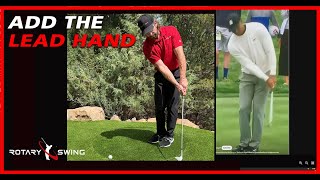

















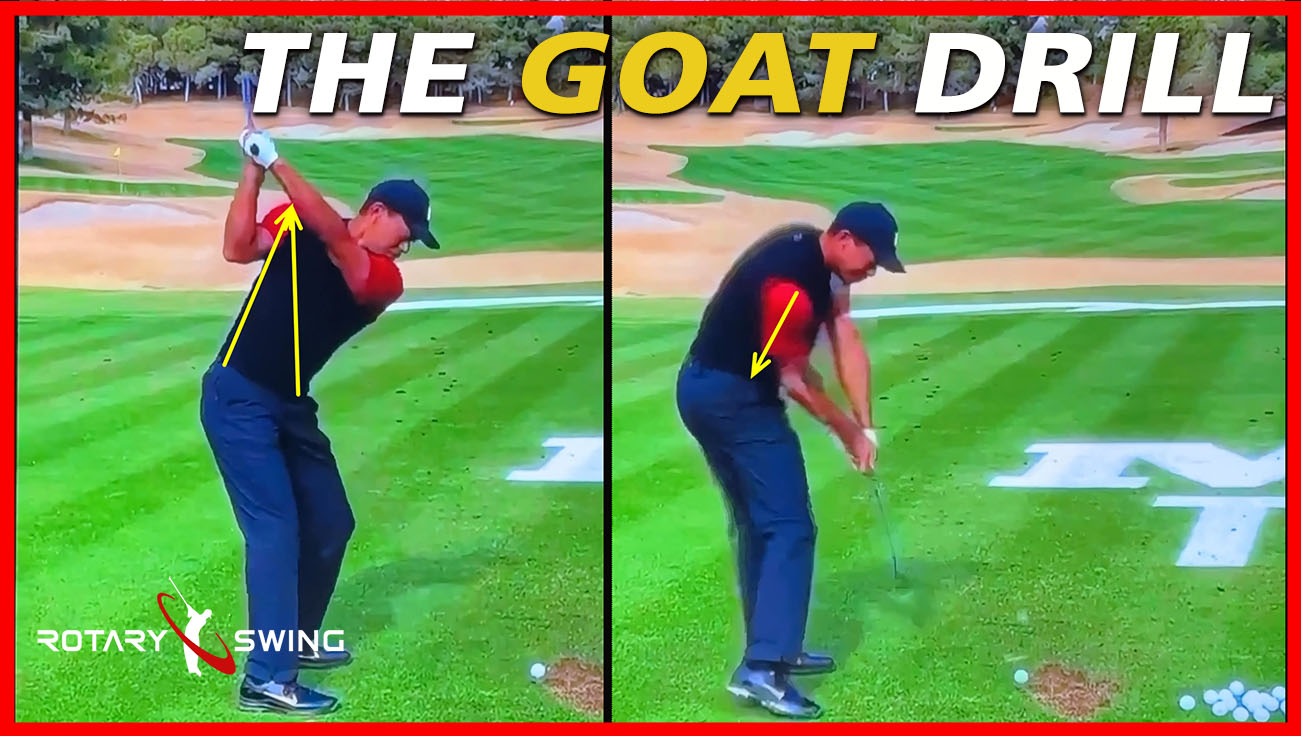


















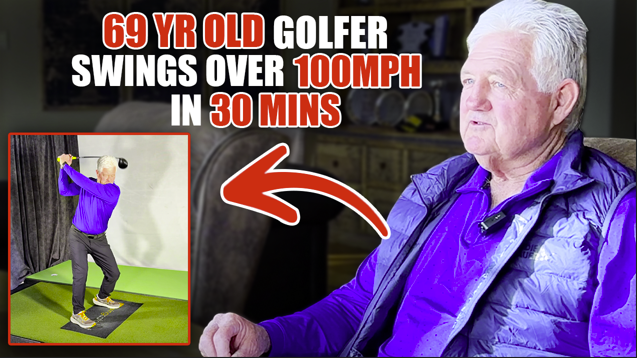
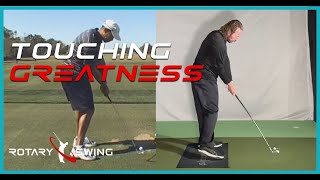













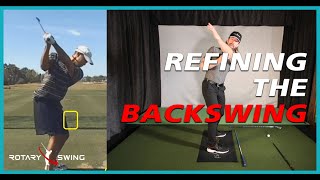







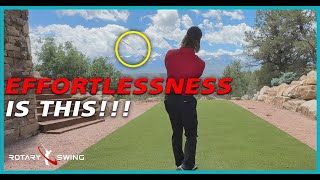
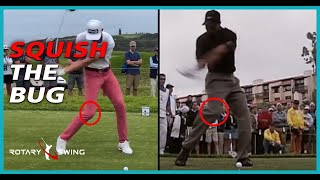
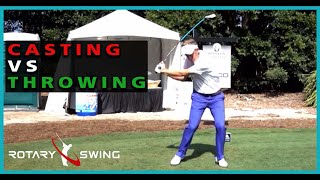



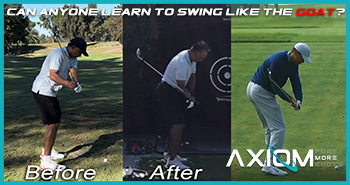






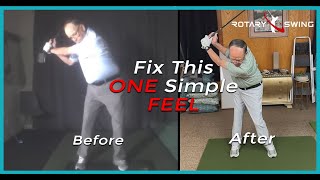











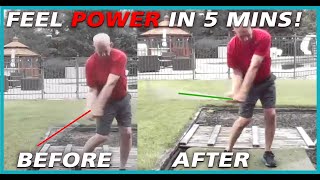


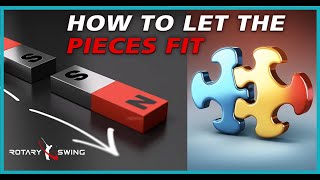






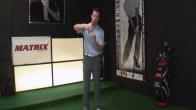













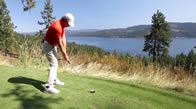



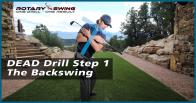

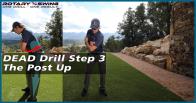










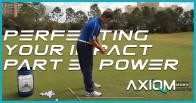











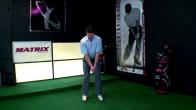



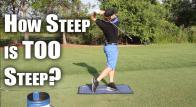


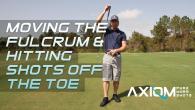



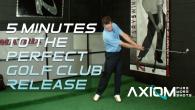








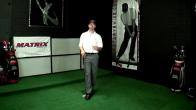















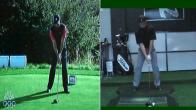



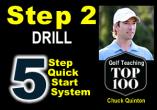






















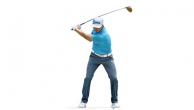

































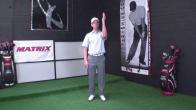




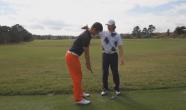















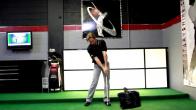



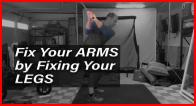


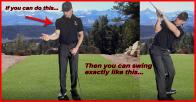




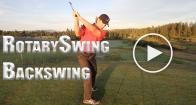

















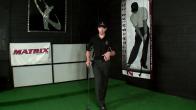







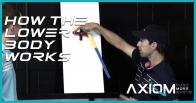












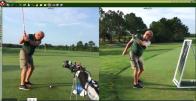






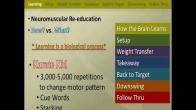


















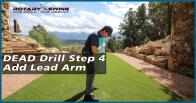


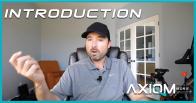

















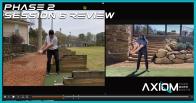



















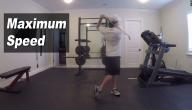

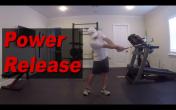
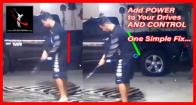


















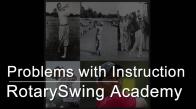







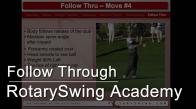












































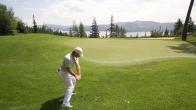

















Keith
Craig (Certified RST Instructor)
Robert
Craig (Certified RST Instructor)